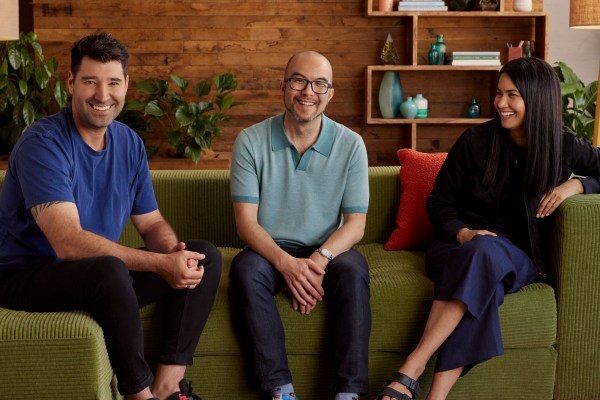
Canva has crafted a wildly successful business model on the idea that graphic design should be accessible to everyone. The Australian company has raised $560 million since its founding in 2012, and is currently bringing in an annualized recurring revenue of around $1.7 billion, according to co-founder and chief product officer Cameron Adams.
Canva is in 190 countries and over 100 languages, and has signed on more than 170 million active users. But despite its rapid growth and international presence, the company has taken some hits this year. A handful of Canva’s investors — like Blackbird, T. Rowe Price and Frank Templeton — marked down the company’s valuation, which had seen a peak of $40 billion after a $200 million fundraise in 2021. Blackbird’s valuation of the company dropped to $25.6 billion and T. Rowe Price’s to around $13 billion in June.
It would be easy to think that Canva had earned those devaluations, but really, it was mainly about market sentiment. 2020 and 2021 saw a massive expansion in multiples that has since contracted, which caused investors to reevaluate. And regardless, by all standards, Canva is still a decacorn.
Adams told TechCrunch+ he’s not worried about valuation drops, anyway. “This year has been one of our best years for growth. We’ve almost doubled on most of our metrics. We’ve had 80 million more active users join since this time last year, so it’s just been up and to the right for us,” he said. “That’s what we focus on: more users, better product, revenue growth.”
Over the last 12 months, Canva has released a slew of generative AI products that Adams said gives both the company and its users a new ability to build features and design work that might not have even been considered five years ago. “For us, AI is going to bring human creativity to the next level,” Adams said, noting that AI will enable Canva to “take great visual communication to a billion people around the world.”
Many companies have jumped on the generative AI bandwagon since ChatGPT disrupted the consumer-facing space in November 2022, eliciting eye rolls and suspicion from many a journalist. But with Canva, generative AI hits different. In fact, it’s hard to imagine a better technology to boost Canva’s user growth and revenue generation. Content is the company’s bread-and-butter, the main reason why Canva has been able to scale to such impressive heights and across global boundaries. That’s because the focus has always been on offering images and templates to suit specific geographic audiences.
“One of the keys to our growth is we always thought across boundaries internationally,” Adams said. Canva has over 120 million pieces of content in its library, which is sourced widely from individual contributors and stock photography houses.
“We’ve concentrated a huge amount on having really international, localized, authentic content,” Adams said. That means not only ensuring that people can use the product in their local language, “but also when they land on the homepage, seeing templates that relate exactly to them, that speak to the holiday they’re having next week, to the issues and culture they’re dealing with, that has photographs of the people they’d see on the bus next to them on their ride to work. All of that authentic local experience has been crucial to our international growth. And international growth has been the story of Canva.”
Canva’s top market is the U.S., and Adams said that’s closely followed by Brazil and India. Indonesia and the Philippines are two of the company’s top growth markets.
Generative AI will only give users more, and smarter, content choices. In October, Canva announced a $200 million commitment over the next three years to pay out creators who consent to having their content used to train the company’s AI models. Adams said that so far, only 0.0005% of creators have opted out.
techcrunch.com




